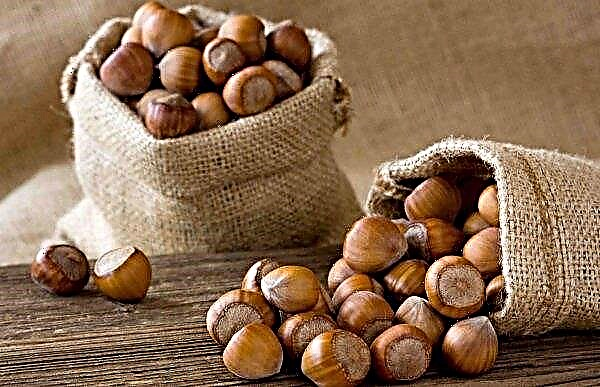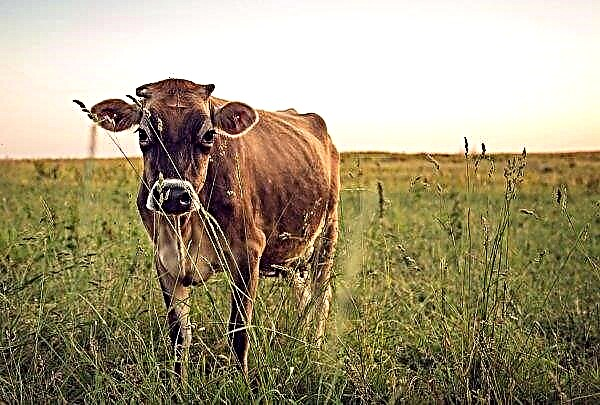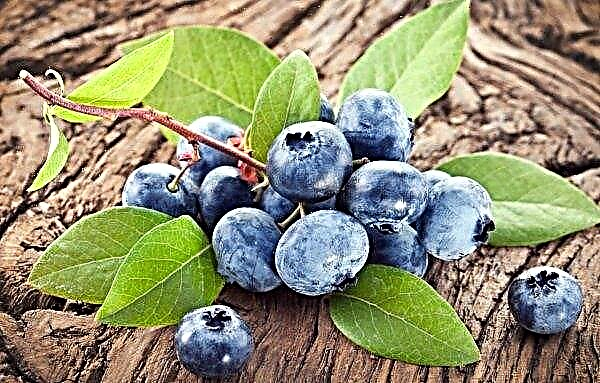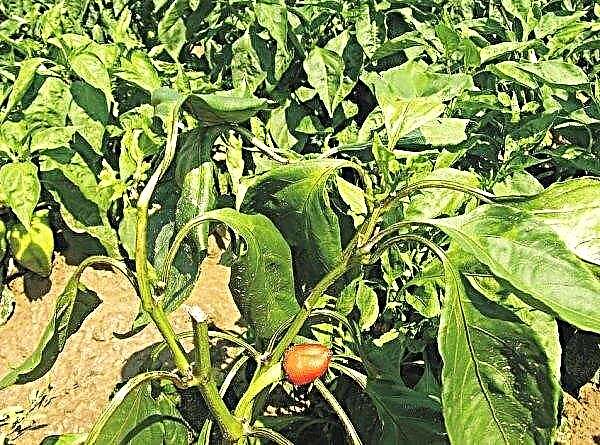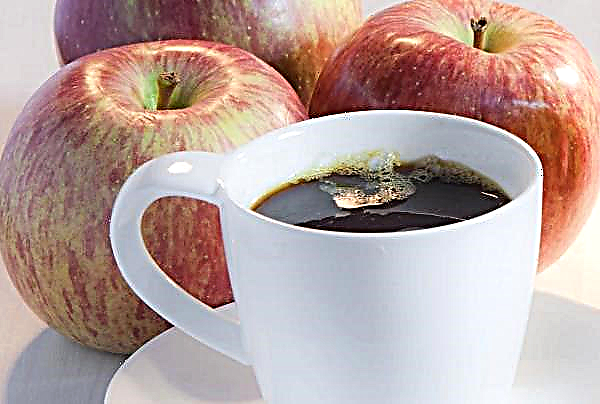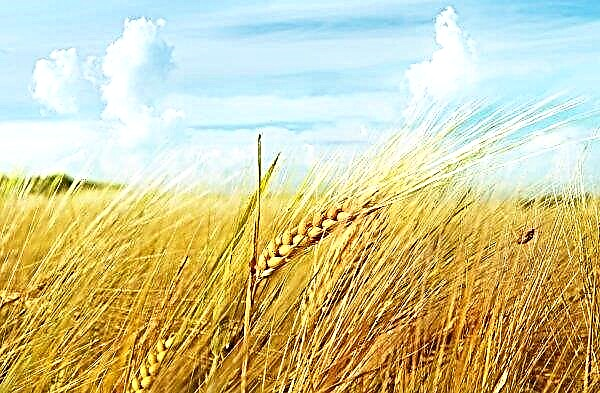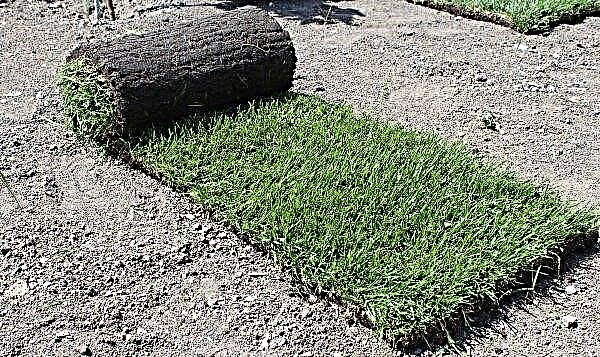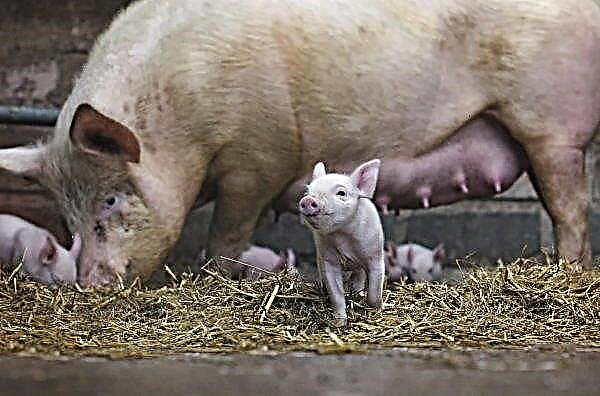Every self-respecting butcher and meat-eater should know that not every type of lamb should be eaten. Therefore, such meat is often processed into minced meat.
What type of lamb should you pay attention to when choosing meat in the market or in a specialized store? Let's figure it out together!
 Marjoram, oregano, savory, rosemary, dill, thyme, cardamom, fresh mint leaves, cumin and fennel go well with lamb meat.
Marjoram, oregano, savory, rosemary, dill, thyme, cardamom, fresh mint leaves, cumin and fennel go well with lamb meat.
So, it is believed that lamb is younger, the whiter the fat on it. In addition, the dark color of the meat itself can serve as a “signal of age”. The darker the shade, the older the sheep was. And remember that the color of lamb should be as uniform as possible!
Of great importance is the elasticity of lamb. If you press the meat with your finger and it quickly regains its shape, it can be assumed that this is a fresh product.
 The longer the meat is cooked, the drier and tougher it becomes.
The longer the meat is cooked, the drier and tougher it becomes.
As for the smell, it, despite its specificity, should be saturated, but pleasant. If you pick up any extraneous and unpleasant odors in the shades of meat aroma, then it’s better to refrain from buying it, because the product could be stored incorrectly, or the animal suffered from any ailments.
Remember that good mutton is meat with a coarse fiber texture.
 Some experts say that the meat of mature sheep of a light red hue has the most saturated, rich taste. It is pickled for a long time, but if the marinade is cooked correctly, no young lamb can be compared to taste.
Some experts say that the meat of mature sheep of a light red hue has the most saturated, rich taste. It is pickled for a long time, but if the marinade is cooked correctly, no young lamb can be compared to taste.
Pay attention to the bones. In good lamb, they should be white, which indicates the youth of the animal. The lambs have slightly pinkish bones.
Streaks of fat on good mutton should be clearly visible, but on the meat itself there should be little fat.
In a good butcher with a clear conscience, lamb has a slightly damp, shiny surface without blood secretions.
 To make the meat juicy, it must be semi-roasted, pinkish in color.
To make the meat juicy, it must be semi-roasted, pinkish in color.
If you set out to determine the age of the animal whose meat is in front of you, pay attention to the distance between the ribs. According to experts, if you visually compare two pieces of meat with bones, then the greater the distance between the ribs, the older the animal was.
Lamb selection
You should refrain from buying lamb from old sheep. As we have already said, the meat of such animals is difficult to bring to the state of “you can eat it with your lips”, and the taste of such meat leaves much to be desired and can not be compared with the rich taste palette of a young lamb.
 To remove a specific odor, remove as much grease and films as possible.
To remove a specific odor, remove as much grease and films as possible.
If you noticed that the seller is trying to “grab” you meat with spots on the surface that resemble bruises, move away from the counter and boldly look for a more conscientious supplier.
It is exactly the same thing to do if you want to sell meat with bruises, a sticky film on the surface or slippery to the touch. All this indicates a spoilage of the product (as well as a putrefactive "sweetheart" or ammonia "flavor").
 In English cooking, a special sauce based on meat and vinegar is used to get rid of the characteristic taste of lamb fat.
In English cooking, a special sauce based on meat and vinegar is used to get rid of the characteristic taste of lamb fat.
In the case when the fat on the meat crumbles or easily breaks under your fingers, it is also better to buy meat from another seller, as the “brittle” fat indicates that the meat has been frozen and will not please you with an authentic taste. Do not expect the true taste of gourmet mutton and from meat on yellow or yellow bones, it is the meat of old animals.

